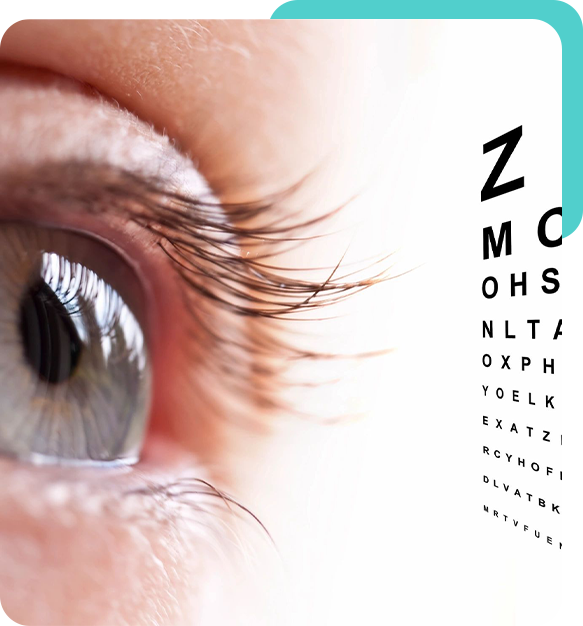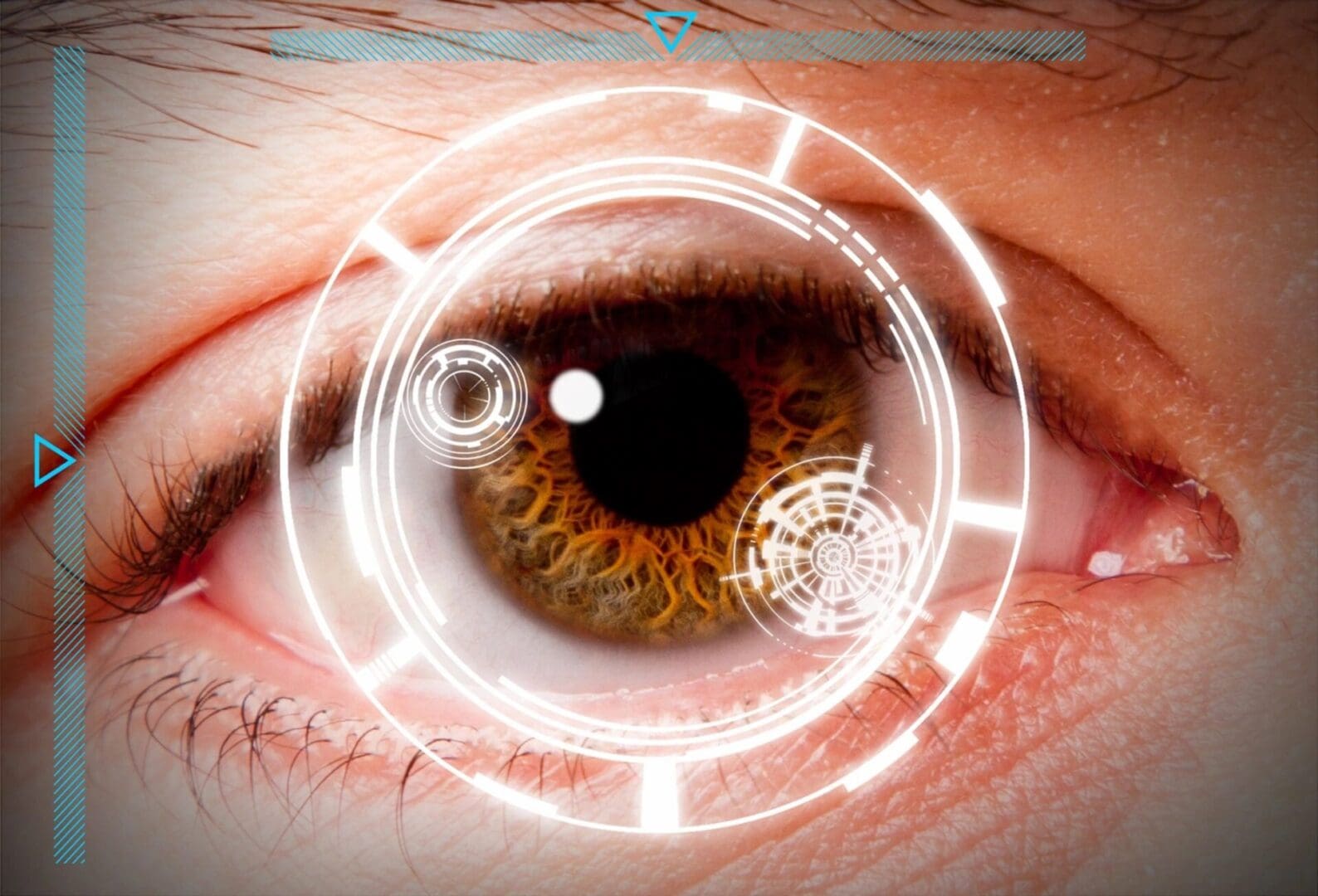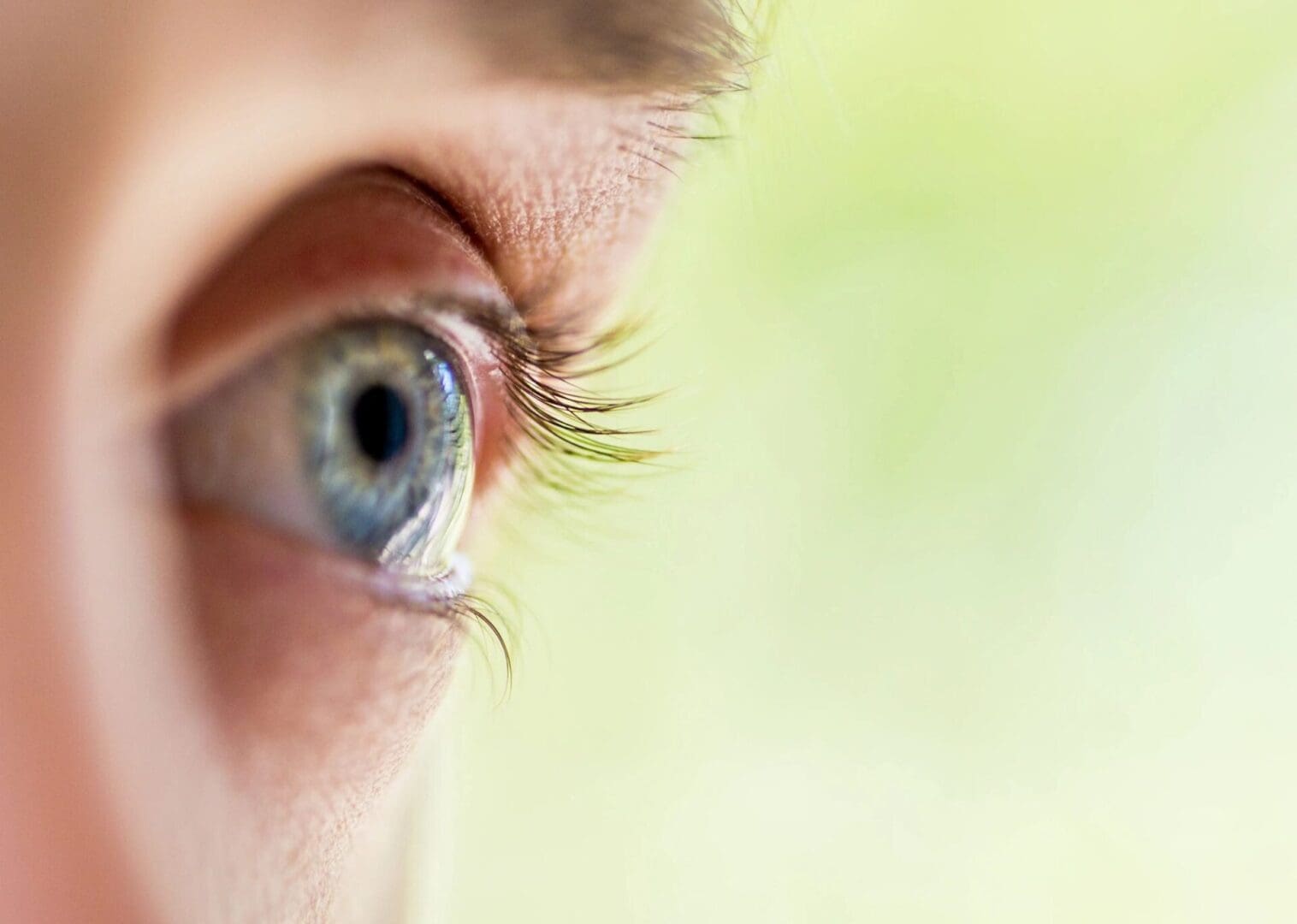Dry Eye Syndrome
What is Dry Eye Syndrome?
Dry Eye Syndrome, also known as dry eye, is a condition that occurs when there is a lack of tears on the cornea, which is the clear front part of your eye. Tears are produced by special glands in your eyes, and when you blink regularly, the tears cover the cornea. Without tears, the cornea can dry out, leading to significant damage and intense pain. There can be several factors responsible for the lack of tears, but in this blog, we'll be discussing what you can do to relieve the symptoms.
Eye pain can refer to various uncomfortable sensations in your eyes, such as a gritty feeling, burning, dryness, or scratchiness. These are all symptoms of dry eye, and if they persist, you should consult your eye doctor, whether an ophthalmologist or optometrist. It's because other serious eye disorders may have similar symptoms to dry eye, and if it's severe, persistent, and painful, it's best to see a doctor.

What Causes Dry Eye?
Dry eye occurs when the eyes do not produce enough tears or when the tears evaporate too quickly. Tears play a vital role in eye health, providing lubrication and cleansing to the cornea, maintaining its clarity, and protecting against infections. Several factors can cause dry eye, including environmental factors such as dry air or smoke, prolonged screen time which reduces regular blinking, aging, some medications, and extended contact lens use. In addition, some medical conditions can lead to or cause dry eye, including immune dysfunction and other metabolic disorders. It is critical to see a doctor if you have dry eye pain that doesn’t go away. Both men and women can develop dry eyes, and as you get older, the chances increase.
Dry Eye Diagnosis
If you want to see an eye doctor to figure out if you have dry eye or some other eye problem, this is easy to do. Schedule an appointment with an eye doctor (ophthalmologist or optometrist) for a check-up. The doctor will do several tests to determine if you have dry eye, what might be causing the problem, and what kind of therapies might help. In addition, the eye exam may reveal other eye disorders that are similar to dry eye, and lead to the best treatment.
Risk Factors, Prevention, and Treatment Options
To prevent or alleviate dry eye symptoms, various nonmedical approaches may be effective. One simple method is to use a humidifier in your environment to increase moisture levels in the air. Wear sunglasses to protect your eyes from sun, wind, smoke, and dust. Taking breaks during prolonged screen use to blink more frequently and using artificial tear drops can also help keep the eyes lubricated. Additionally, staying hydrated, consuming foods rich in omega-3 fatty acids like fish, and using vitamin supplements specially formulated for eye health can help alleviate dryness. It's essential to maintain good eye hygiene, avoid rubbing your eyes, and consult with an eye doctor for personalized recommendations and treatment options if dry eye symptoms persist.
Here are some simple suggestions and procedures you can do at home to improve eye health and prevent or reduce dry eye syndrome discomfort:


Here are some more details about the above recommendations:


How Eye Care Emporium Helps with Eye Care
At the Eye Care Emporium, we work hard to help you maintain and protect your eyesight. With our monthly blog articles on eye care, we introduce and review common-sense and topical information on eye care in general, In our monthly newsletter we discuss breaking news in eye science and medical innovations. Sign up for our monthly newsletter and access to blogs, news, and updates on eye care methods.


